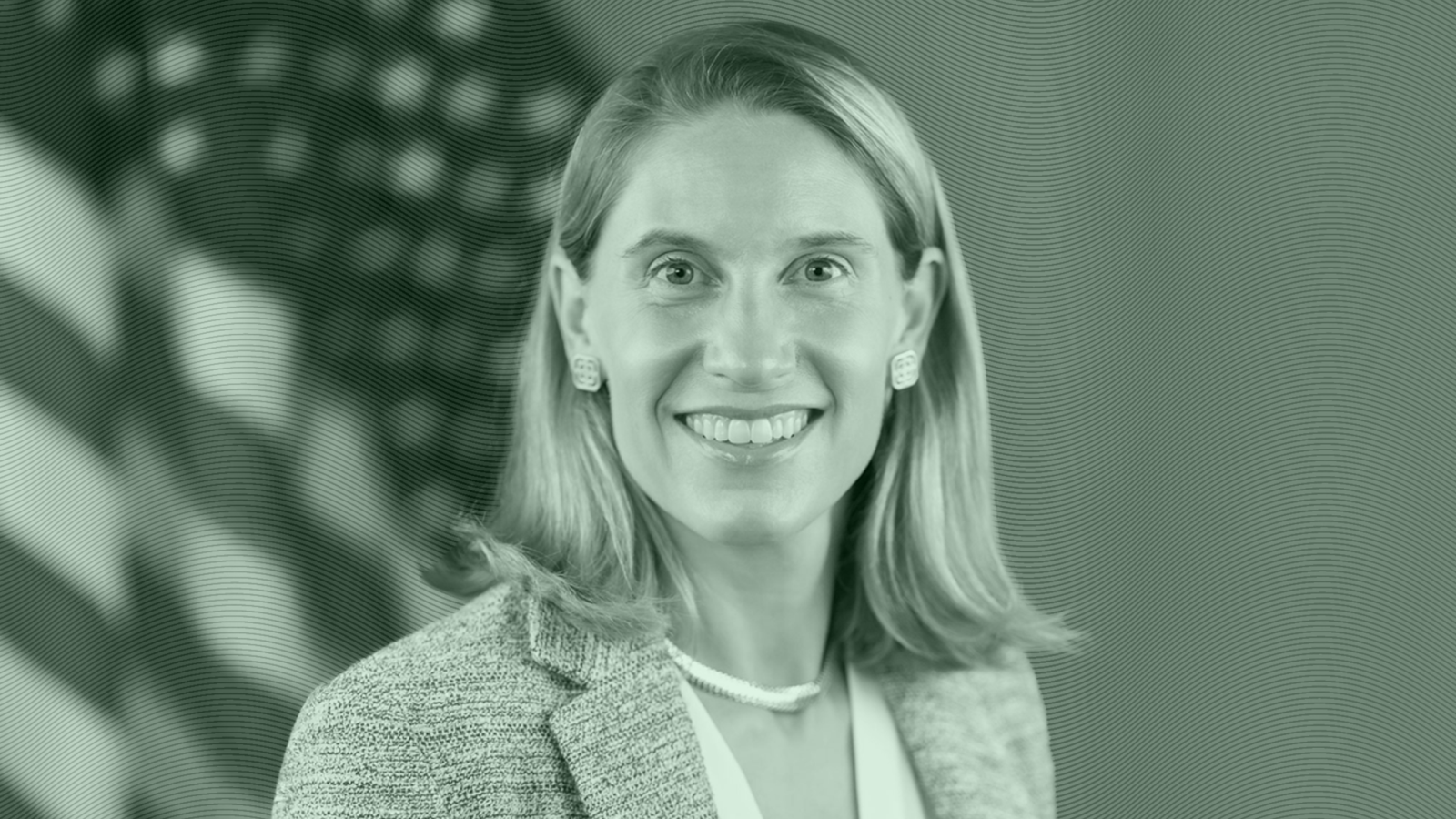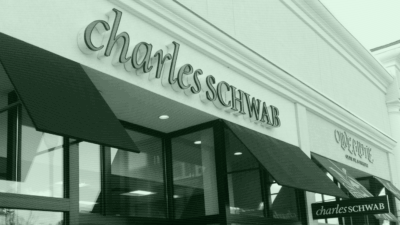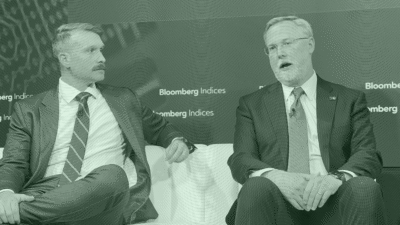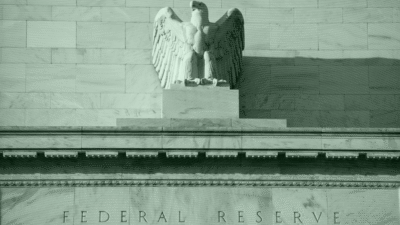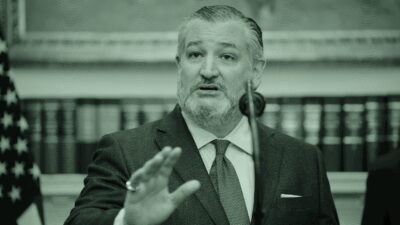ETFs and 401(k)s Don’t Play. Could Dual Share Classes Change That?
Intraday trading and other ETF features aren’t designed for 401(k)s, but mutual fund share classes could give ETF issuers an in. At least one shop has hopes for that.

Sign up for market insights, wealth management practice essentials and industry updates.
If ETFs were a square peg, 401(k)s might be round holes — round holes with perimeters guarded by motion-sensing lasers, trapdoors and werewolves.
They simply aren’t getting in. At least, not as standalone investment options on plan menus. It’s a roughly $12 trillion market that is off limits, with a couple of exceptions: Some defined-contribution plans have brokerage windows that few investors use; and some plans include asset-allocation products that have exposure to ETFs. For a lot of asset managers, it’s not really a problem, as they provide strategies in a range of vehicles, including mutual funds, ETFs and collective investment trusts. But for companies whose focus is on ETFs, it’s a missed opportunity.
“ETFs are really made for the retail market,” said Greg Ungerman, head of defined contribution research and consulting at Callan. “There are a lot of tax advantages vis-à-vis a mutual fund.”
Disadvantage ETF
ETFs’ tax benefits don’t matter within tax-deferred plans like 401(k)s. And while ETFs offer low costs, the institutional-level pricing of mutual fund shares and CITs in defined-contribution plans is extremely hard to compete with. For example, Ungerman said, the bargain-price 9 basis-point fee for the $650 billion SPDR S&P 500 ETF (SPY) has nothing on the comparable index funds available to defined-contribution plans for 1 basis point or less.
Some of the other hindrances include:
- Retirement plan record keepers’ systems aren’t designed to handle the intraday trading capacities of ETFs, and the industry has virtually no incentive to change that.
- Intraday trading is a big advantage for ETFs in the retail market, but retirement plan sponsors largely discourage participants from daytrading within their 401(k) accounts.
Extra Value Menu
It wasn’t always this way. There was some excitement about the potential for ETFs in 401(k)s as much as 20 years ago, just before the Pension Protection Act of 2006 changed everything. Unlike many mutual funds at the time, ETFs, still far less common than they are today, had “clean” fee structures, meaning that they didn’t include revenue sharing or 12b-1 fees. ETF providers pushed 401(k) recordkeepers to make their systems compatible, to no avail, said Fred Barstein, founder of The Retirement Advisor University. “There was no demand. There was very little difference [plan fiduciaries] could tell at the time between an index fund and an ETF,” he said.
A major issue comes from the 2006 Pension Protection Act, which allowed for automatic enrollment and helped buoy target-date funds as the default investment options in defined-contribution plans. Thanks to automatic enrollment (and the fact that workers interact little with their accounts), about 70% of the new money contributed to 401(k) accounts goes into target-date funds, Barstein noted. While ETFs are included in some target-date products, there’s otherwise “zero talk of ETFs in 401(k)s,” he said. And while some target-date fund providers use outside managers’ ETFs within their products, most of the big ones invest with in-house ETFs — meaning that opportunity in that avenue is limited.
Invest in Yourself
Of 156 target-date series that Sway Research tracks, 10 include allocations to ETFs and mutual funds, while seven hold ETFs exclusively, said Chris Brown, principal of that firm. Less than 3% of target-date CITs hold ETFs, while mutual fund series are much more likely to include ETFs, he said. All of the seven series that hold ETFs exclusively use asset managers’ own funds, and only a few of those that use a mix of mutual funds and ETFs use outside products. ETFs “really haven’t penetrated the target-date market much at all,” Brown said. “It’s kind of surprising.”
Where they have found a niche, though, is in active-passive hybrid series, where managers add third-party index-based ETFs to diversify and lower costs, he noted. Some of the series that significantly use ETFs, per Sway:
- Putnam Sustainable Retirement, BlackRock LifePath ESG Index, Schwab Target Index and SP Funds focus only on ETFs.
- John Hancock Lifetime Blend and Voya Target Retirement include significant exposure to third-party ETFs.
A New Hope
One ETF shop is trying something different. F/m Investments is among dozens of asset managers waiting for permission from the Securities and Exchange Commission to add dual share classes, something the regulator is expected to grant this year. Most companies are seeking to add ETF share classes of existing mutual fund strategies, but F/m is doing the opposite, with the intention of landing spots for some of its products on defined-contribution plan menus. “Loads of DC buyers have said, ‘Why can’t we buy your products?’” F/m’s CEO Alex Morris said. But the company has refused to launch separate mutual fund versions of its ETFs because the performances of the two vehicles might diverge significantly due to the differences in trading, he said.
The company is planning to start with mutual fund share classes of two of its ETFs and one ETF share class of an existing mutual fund. “Everyone is thinking it’s going to be this deluge, day one,” Morris said. “It’s actually kind of hard” to add a share class that’s a different investment vehicle, and “there’s a lot behind it that most issuers haven’t thought about.” At F/m, that has meant working with fund administration and accounting to keep track of capital gains, update baskets in real time and figure out what to put on the firm’s website, he said.
Footing T-Bill. The first mutual fund shares the firm plans to roll out are for its F/m US Treasury 3-Month Bill ETF (TBIL) and Ultrashort Treasury Inflation-Protected Security ETF (RBIL). “ETFs have this super power,” Morris said. “In a mutual fund executing a T-Bill strategy, I need to put all the dealers I know in competition with each other … Here, every market maker is bidding on that ETF everyday,” he added. “You’re going to get a better price experience from that. You get to choose the price you pay.”
